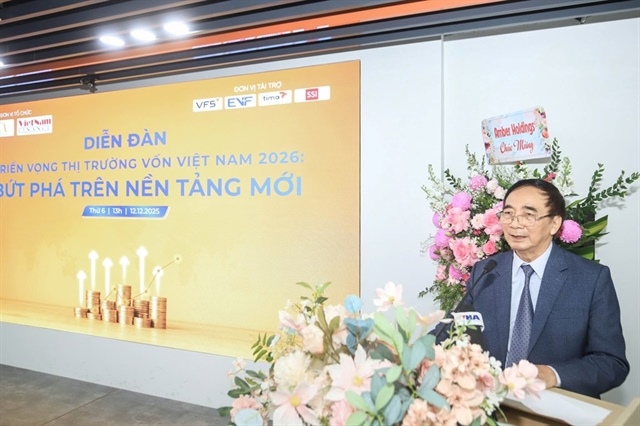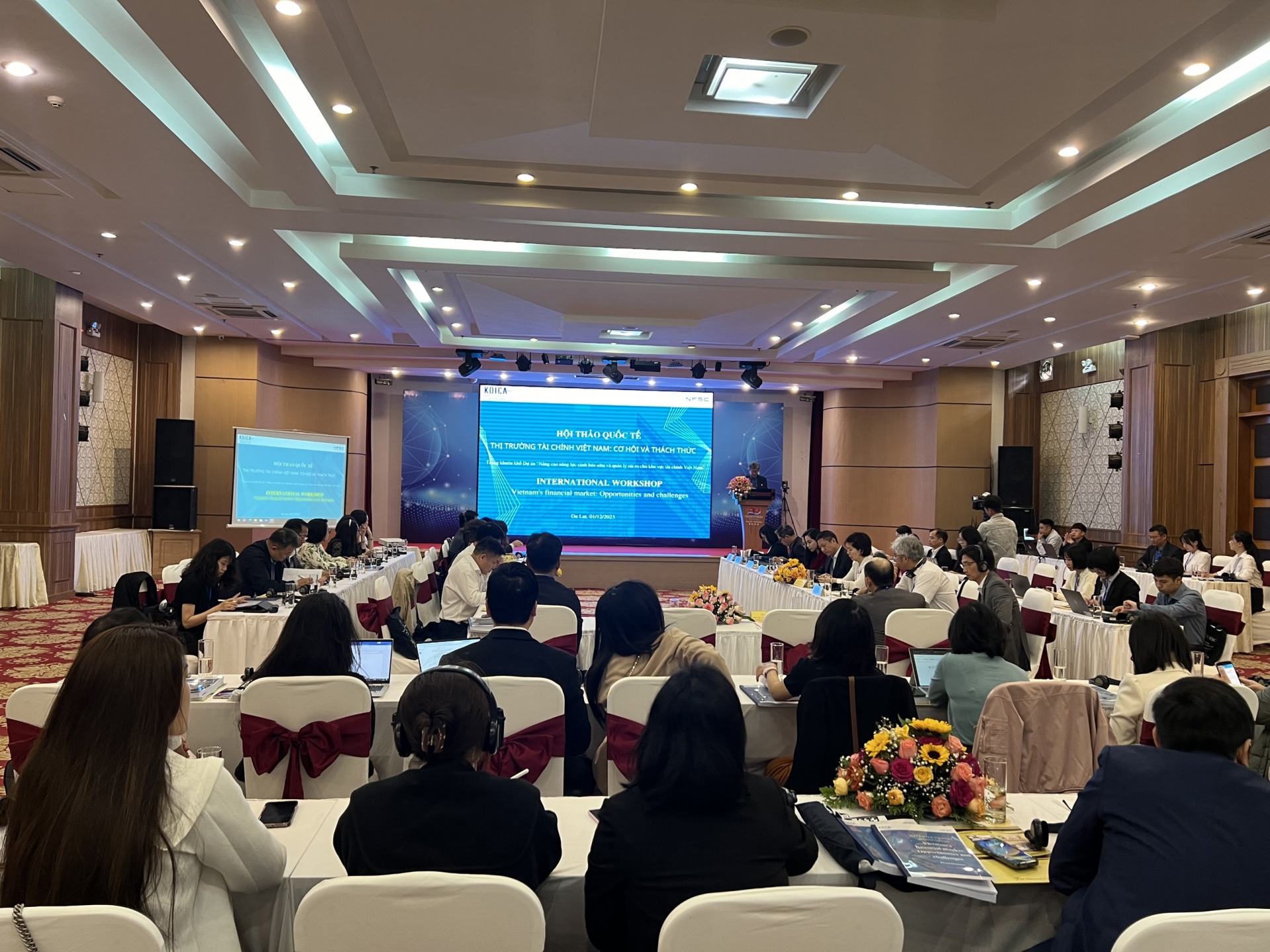Insurance industry gains growth despite economic slowdown
Insurance industry gains growth despite economic slowdown
Despite facing many difficulties due to economic slowdown in 2023, Việt Nam’s insurance market has still reported positive growth and the trend is forecast to continue in the near future.

An office of FWD Vietnam in Đà Nẵng. The insurance industry re-invested VNĐ762.58 trillion into the economy in the first eleven months of this year, up 12.78 per cent over the same period last year. — Photo FWD Vietnam |
The Ministry of Finance (MoF)’s Department of Insurance Management and Supervision reported as of November 30 this year, total assets of insurance enterprises were estimated to reach nearly VNĐ913.37 trillion, up 11.12 per cent over the same period last year; and their total equity was estimated at VNĐ190.23 trillion, up 7.09 per cent over the same period last year.
The insurance industry re-invested VNĐ762.58 trillion into the economy, up 12.78 per cent over the same period last year.
Total insurance premium revenue was estimated at more than VNĐ227.59 trillion, of which the revenue of the non-life insurance market increased by 2 per cent compared to the same period in 2022 while the revenue of the life insurance market decreased by about 12.5 per cent.
Insurance benefit payments were estimated at about VNĐ86.47 billion, up 31.1 per cent over the same period last year.
The insurance market currently has 82 insurance enterprises, including 31 non-life insurance enterprises, 19 life insurance enterprises, 2 reinsurance enterprises, 29 insurance brokerage enterprises, and 1 branch of a foreign non-life insurance enterprise.
According to Finance Minister Hồ Đức Phớc, the above numbers showed the growth and contribution of the insurance market to the development of the country's economy and social security.
The insurance market is increasingly demonstrating its role and position in socio-economic development, contributing to the successful implementation of the country's socio-economic development goals; as well as bringing financial and health protection to the people, Phớc said.
Echoing Phớc, experts said insurance has been proving its role in contributing to macroeconomic stability and social security in recent times. Insurance is a useful financial protection tool for investors. Insurance has been so far protecting assets of all economic sectors and industries with diverse types, such as property damage insurance, aviation insurance, maritime insurance, credit insurance, agricultural insurance and fisheries insurance.
Besides, Việt Nam's insurance market is also considered to have much room for development. Specifically, the ratio of insurance premium revenue to GDP is currently just more than 3 per cent, lower than the ASEAN average rate of 3.35 per cent, the Asian average rate of 5.37 per cent and the world average rate of 6.3 per cent. Việt Nam currently has about 12 per cent of the population participating in life insurance. The average insurance premium revenue to GDP ratio in Việt Nam by 2025 is estimated to reach 3.5 per cent.
However, to tap the potential, Minister Phớc noted that insurers must focus on quality instead of quantity as previously.
The insurance market, especially life insurance, needs to regain credibility among customers after the MoF found the sale of insurance products through agency channels, including banks of some insurers, had many violations, especially regarding the consultation of bank staff and brokers.
According to Phớc, the insurance market must really change drastically. Insurers need to review and have solutions to improve agent quality. On the side of State management agencies, the MoF has so far seriously punished violating insurers.
The serious moves have helped the life insurance market begin to see positive changes in regaining credibility among customers, according to the MoF.
In the coming time, the MoF said it will continue to review and complete the legal framework for insurance business activities to ensure compliance with the country’s regulations, besides enhancing transparency and creating favourable conditions for insurers and insurance buyers.
In addition, the MoF will continue to strengthen inspection for better risk management.
The MoF said it encourages insurers to develop new business methods and diversify insurance products, especially those for the elderly and for integration of medical and health care support services.
Insurers should also promote agricultural insurance products; risk insurance products for natural disasters and newly arising risks through the insurance risk fund mechanism; green insurance; and insurance products on network security and transactions in cyberspace.




























